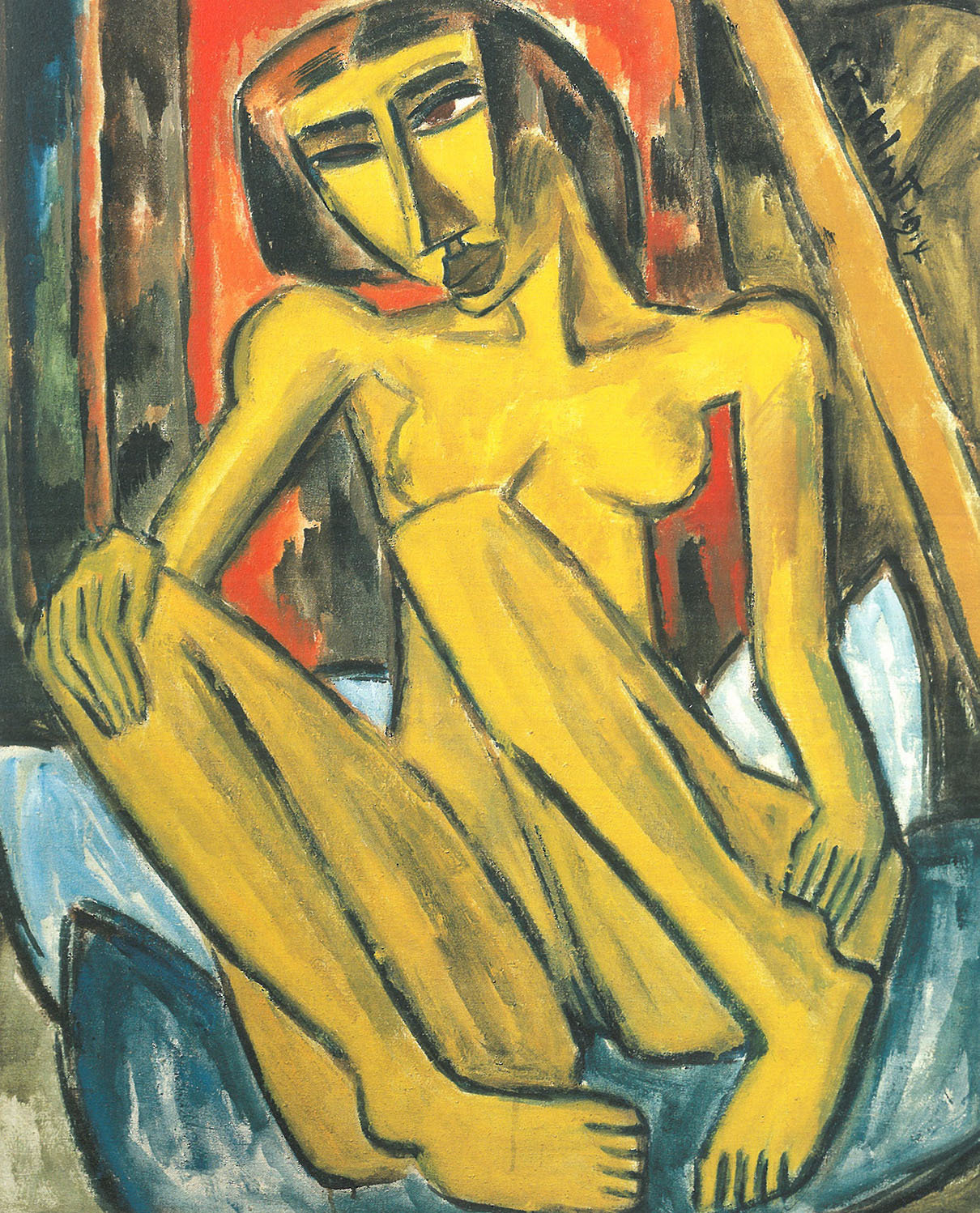
New York’s Neue Galerie has purchased a Nazi-looted painting that had previously resided in its collection, reports the New York Times. The museum of German and Austrian art had returned the canvas, a 1914 nude by German Expressionist artist Karl Schmidt-Rottluff, to the heirs of art collector and shoe manufacturer Alfred Hess and his wife, Tekla.
President of the World Jewish Congress, Ronald Lauder in September 2014. Courtesy Michael Thaidigsmann via Wikimedia Commons.
The museum’s founder, cosmetics heir Ronald Lauder, tipped his hand in August that a work in the museum’s holdings had a disputed provenance, but did not at the time specify which work.
Though the museum did not disclose a purchase price, the Hess canvas, measuring three feet in height, fetched $596,833 when it went to auction in 1994 at Berlin’s Grisebach auction house, according to the artnet Price Database. The Neue Galerie purchased it five years later for $793,355 at the same house.
Schmidt-Rottluff was a founding member of Die Brücke, a group of avant-garde artists formed in 1905, which also counted Fritz Bleyl, Erich Heckel, and Ernst Ludwig Kirchner among its founders. Schmidt-Rottluff spent much of his life in Berlin, with the exception of an exile during World War II.
Karl Schmidt-Rottluff, Akte im Freien—Drei badende Frauen, 1913. Courtesy artnet Price Database.
Schmidt-Rottluff’s auction record, according to the artnet Price Database, stands at just under $6 million, and was set at Christie’s London in February 2008 by Akte im Freien—Drei badende Frauen (1913), a two-foot-square painting showing several nudes in a landscape. Fourteen of the artist’s works have fetched more than $1 million at auction.
Hess’s heirs had informed the museum of their suspicions about the work’s provenance a year ago, according to the Times. Tekla Hess fled Germany for Britain in 1939, after which the painting went missing. The museum maintains that there were no questions about its history when it purchased the work, but that new archives had come to light since then.